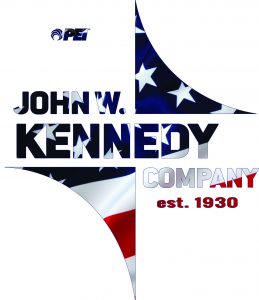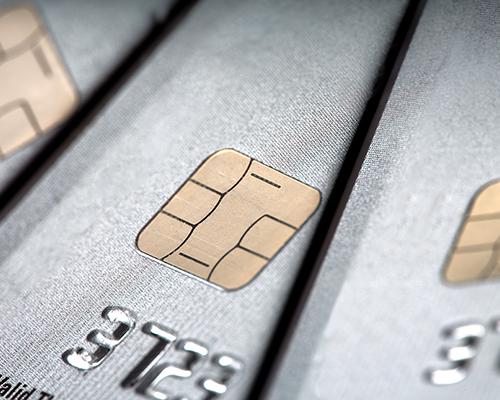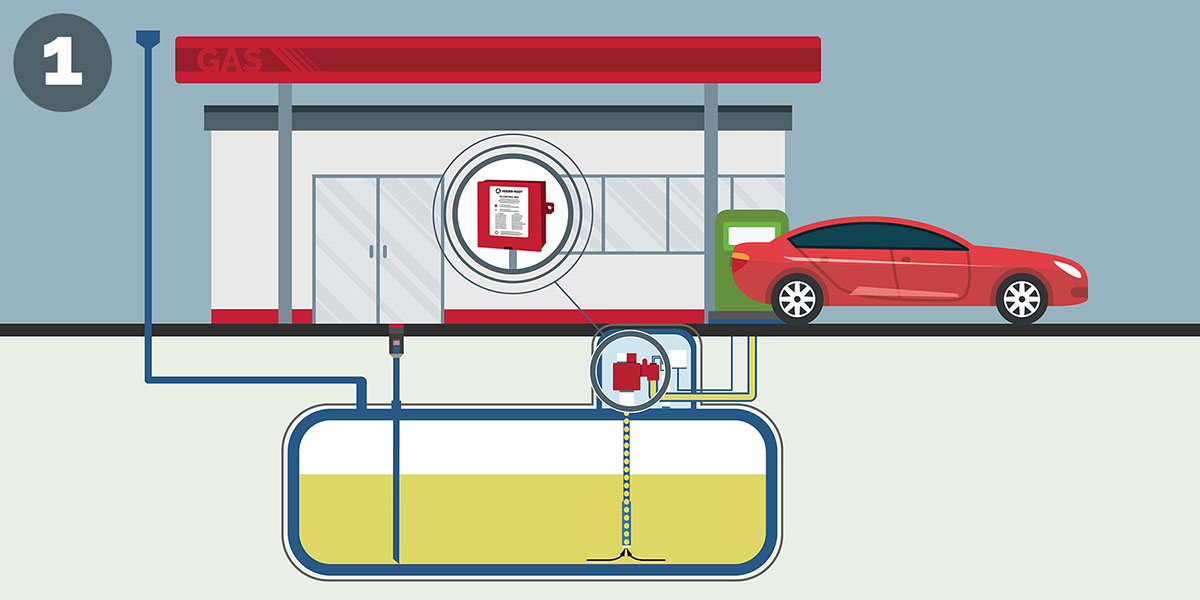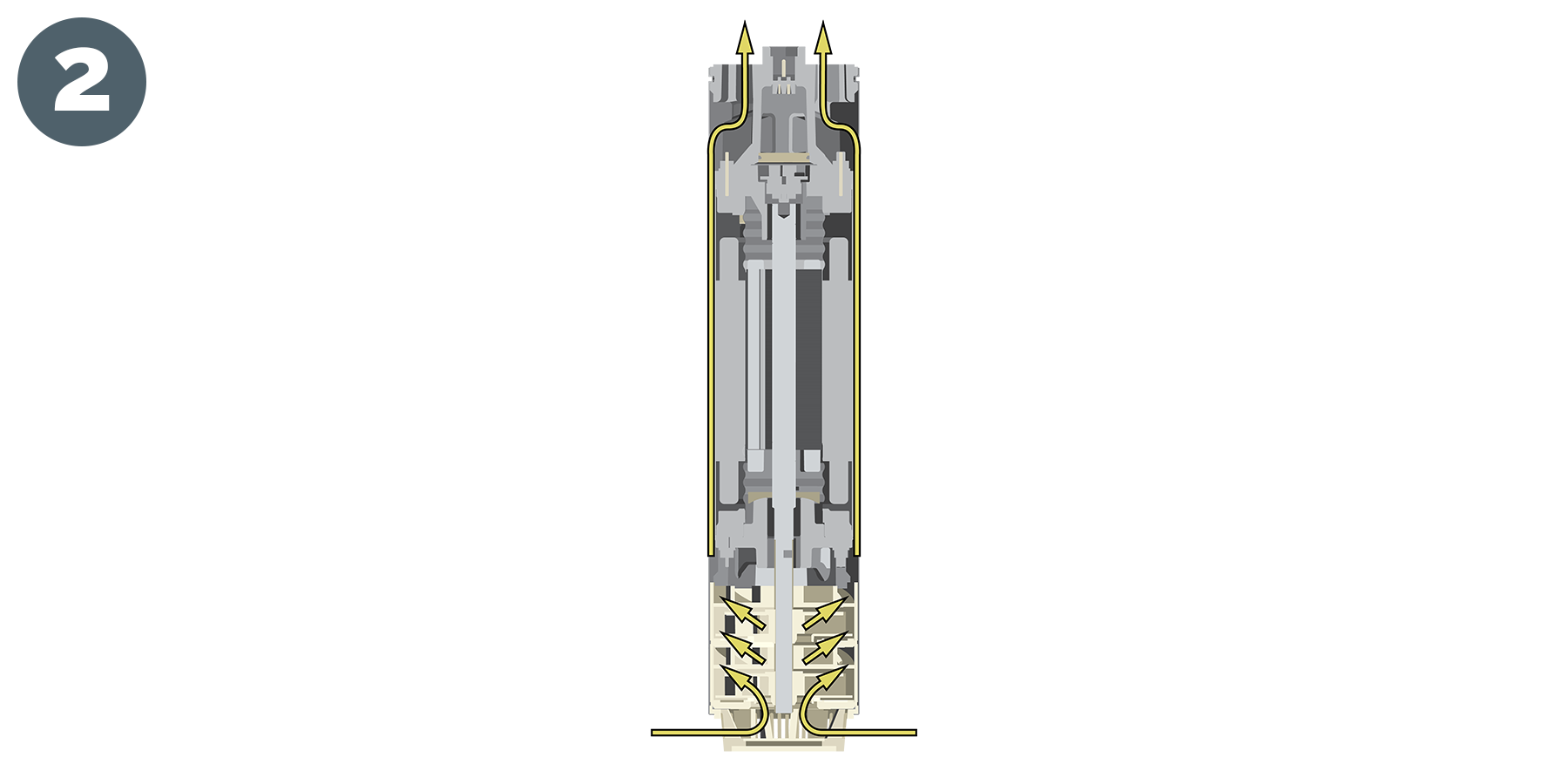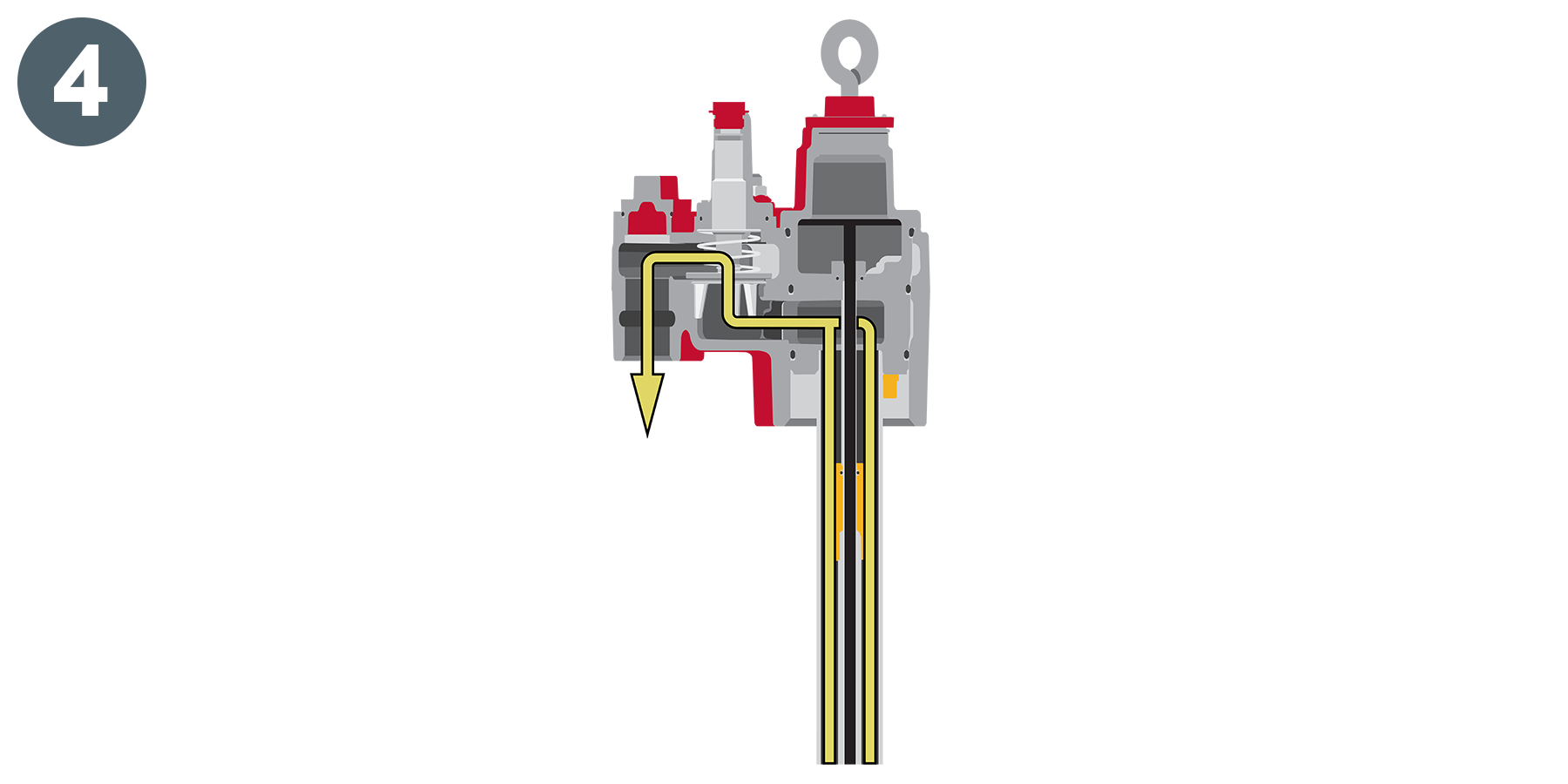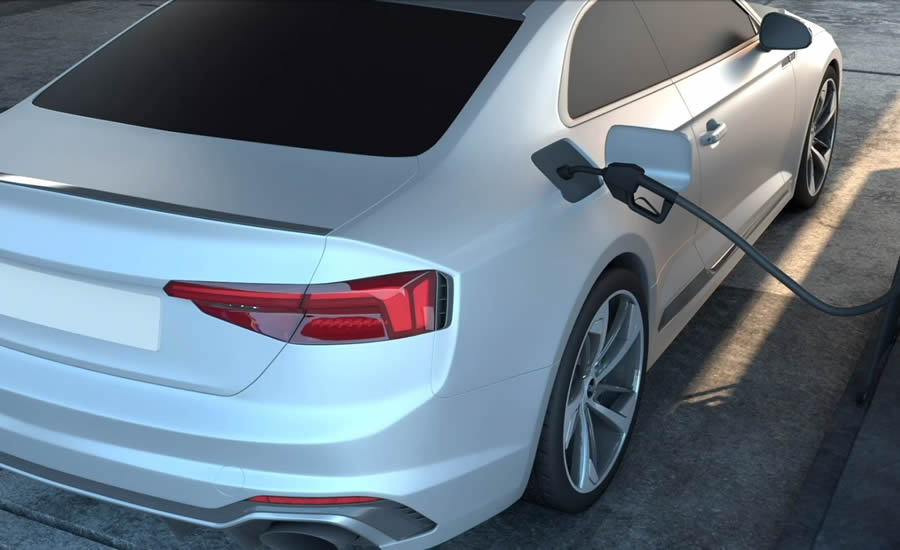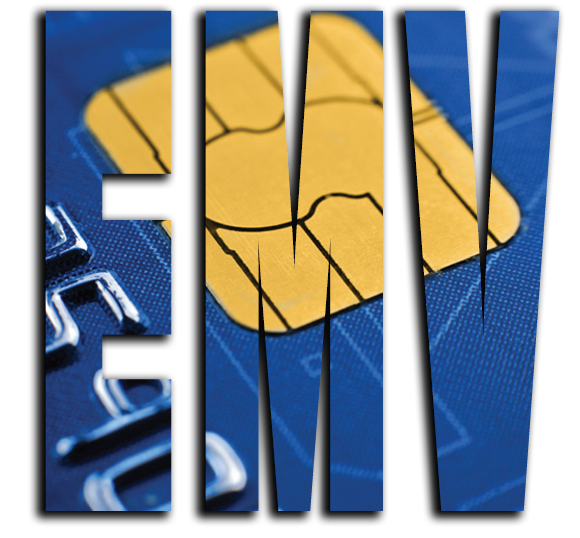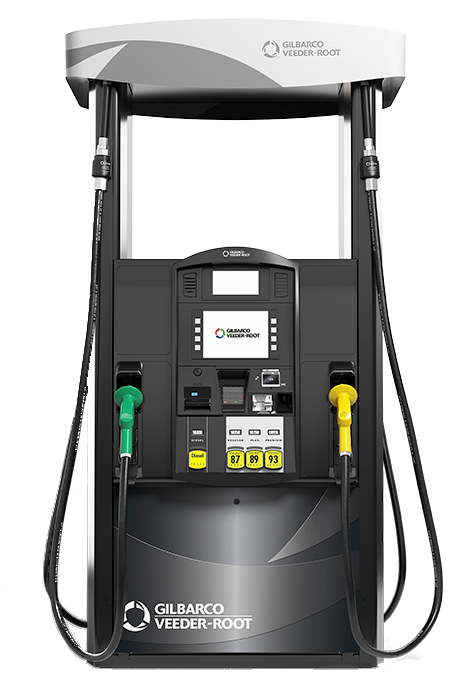When it comes to outdoor EMV, we all know the costs and consequences of not upgrading. And sure, when you upgrade, you’re protecting consumers from fraud and avoiding chargebacks – that’s the goal. But there’s one other important question: What does my business get out of it?
In this blog, we’ll discuss the benefits of outdoor EMV – and many of them have less to do with security and more to do with marketing your business.
1. Bang for your Bandwidth
Today, a high-speed connection is necessary on your forecourt for a variety of important reasons – not just to support chip card readers.
That high-speed bandwidth is the key to all the features now becoming standard in the minds of consumers.
2. Go Contactless
The popularity of contactless is rapidly growing and you need a high-speed connection to support this new payment method.
Since Gilbarco first introduced Pay-at-the-Pump, speed and security have become the main objectives of payment terminals on the forecourt. Contactless is the next natural progression in payment technology.
Not only are contactless transactions 10x faster than a traditional “dip” transaction, but they’re also far more secure thanks to encryption made possible by that high-speed connection you got with your EMV upgrade.
Then add a global pandemic to the equation. Adoption of contactless payment was already on the rise before COVID-19, but the pandemic has only accelerated the trend, according to Visa.
 Image: Visa
Image: Visa
3. Moving Merchandise with Media
The standard forecourt now includes fuel dispensers with color screens and some level of media program.

Retailers that use media on the forecourt aren’t doing it to be trendy or flashy, they’re making a strategic decision to bring more foot traffic into the store.
Research shows media at the pump can generate up to a 39% sales increase on promoted items.
To get media on the forecourt, you need that high-speed connection that we keep mentioning.
4. Customers Want It
There are plenty of myths about EMV (read about those here), but one of them includes the notion that consumers don’t know or care about chip card protection at the pump.
A recent study on that subject tells a different story.
Via TNS:
| “Sixty-five percent of respondents said they prefer to use pay-at-the-pump facilities that are EMV compliant, demonstrating a heightened level of awareness among consumers for what many perceive as an industry issue,” said Dan Lyman, head of payments market North America for TNS. “[…], this is a clear call to action for retailers who have not yet upgraded.” |
5. Peace of Mind
All features and benefits aside, EMV technology really is about protecting your business by protecting your customers. For many retailers, upgrading simply means a better night’s sleep. Knowing their businesses won’t be hit with fines and fees helps them rest easy.
Need financing to get started? We’ve got you covered.
View Financing Options
Looking for Gilbarco equipment? Click on the links below to visit our web store :
Pumps & Dispensers |
Passport Point of Sale |
Forecourt Payment Options |
Forecourt Merchandising |
Click here to search all Gilbarco equipment and parts listed in our web store.
Feel free to contact us at please call us at 1.800.238.1225 or Email Us with any further questions or to place an order!





